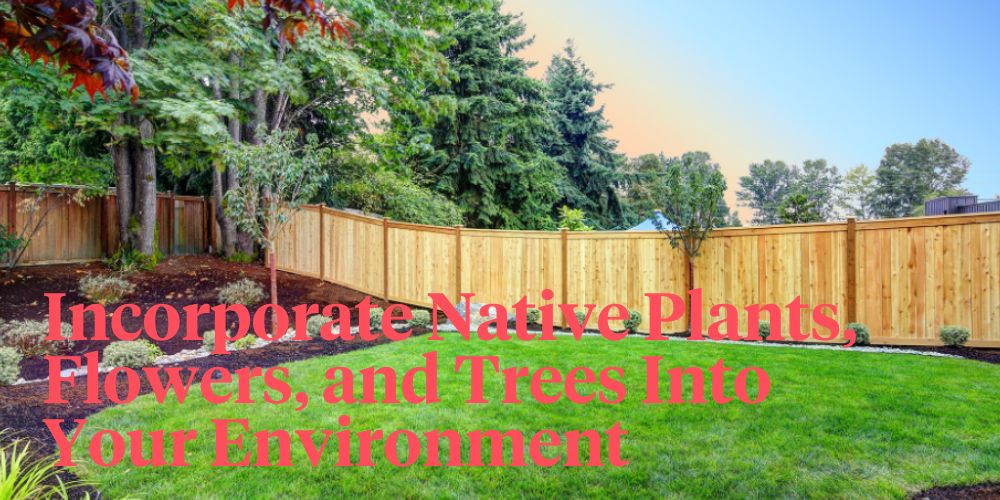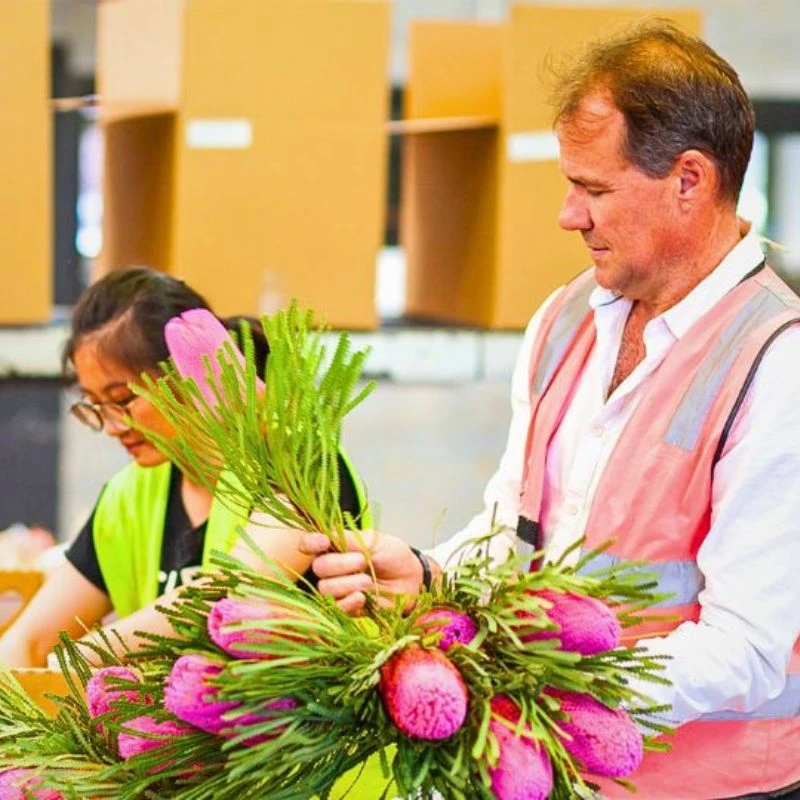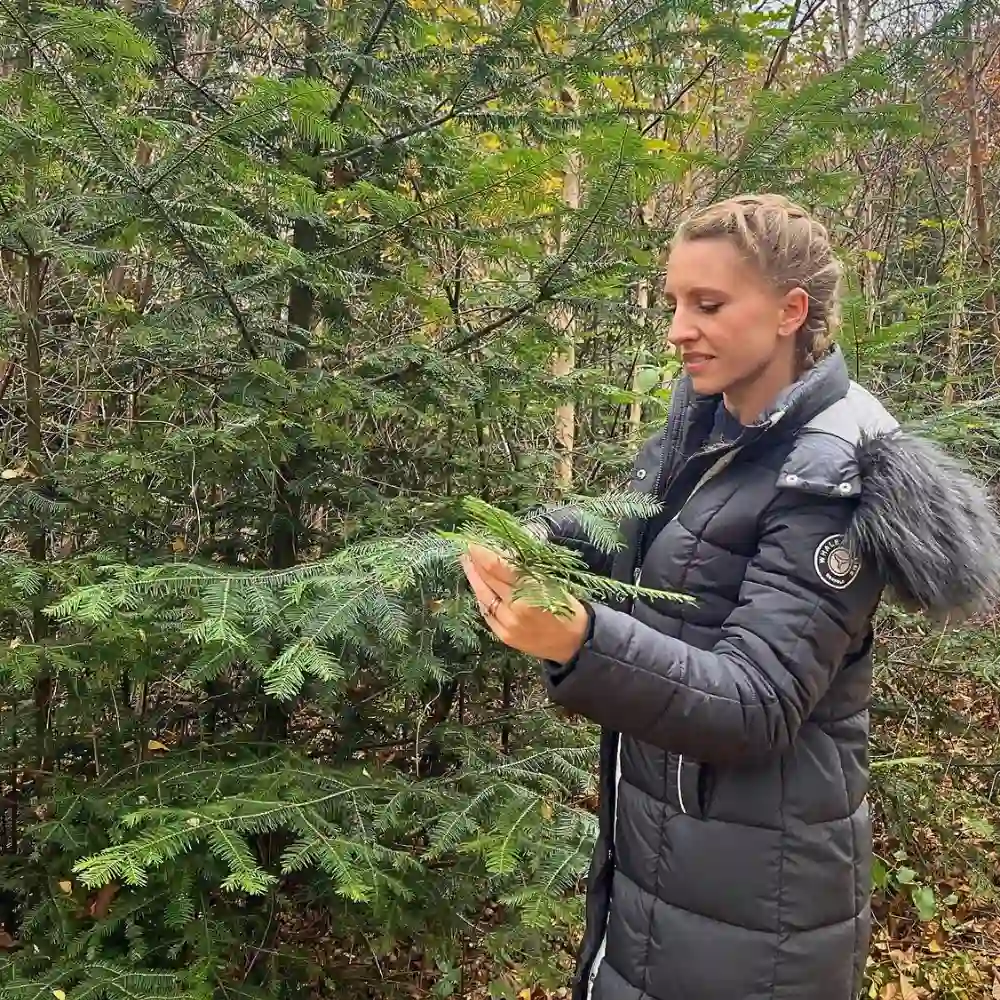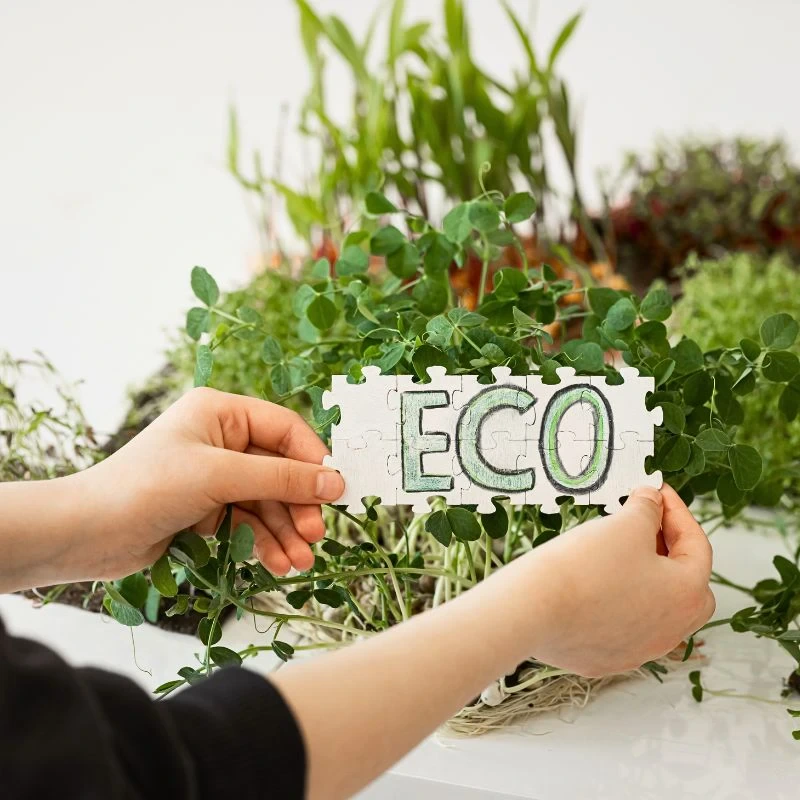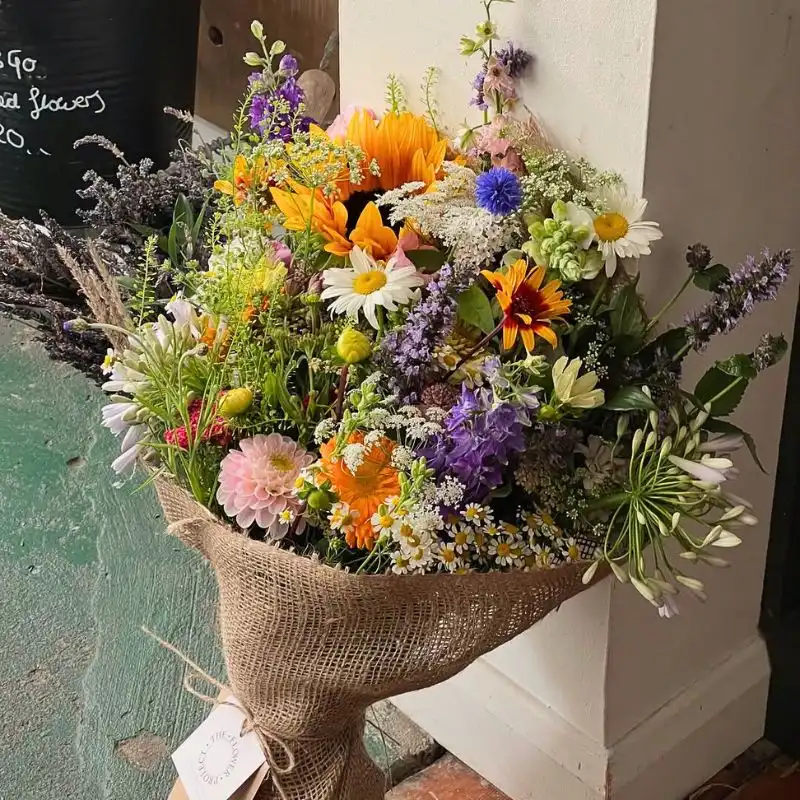The idea of practicing greener ways to create a beautiful garden, whilst letting your backyard reap the benefits is comforting, but one may question, is it actually possible to save the environment whilst owning a beautiful backyard?
Sustainability
Sustainability is one of those words that we hear frequently but may not fully comprehend. Sustainability is not a thing in and of itself, but rather a concept that may be applied to a wide range of sectors and behaviors.
It may seem difficult to build a sustainable backyard at first, especially if your home has already been built on a specifically sized property. However, there are a number of quick and cheap ways to enhance the sustainability of your landscape.
It's important to keep in mind that you shouldn't start off with the goal of total sustainability. To do so, you'd have to leave the space mostly untouched. Instead, concentrate on taking baby steps to create a landscape that is more in harmony with its surroundings. If you are unsure how to create a sustainable landscape it is best to seek guidance from our landscapers in Sydney Australia.
Here Are Some Tips for Improving the Sustainability of Your Landscape
Native Plants
One of the best ways to strive toward sustainability is to incorporate native plants, flowers, and trees into your environment. Learn about the plants that not only survive but also thrive in your neighborhood by doing some research or by visiting a nearby nursery. You can also ask professional landscapers in Sydney if you are unsure about what type of plants would be suitable for your backyard and its needs. Since native plants have evolved over time to thrive in that region's environment, investing in these species will prove to be more time and cost-efficient for you. Additionally, they can provide food for nearby animals, birds, and insects.
Plants in Pots
If you want to save space, think about growing some or all of your plants in pots. This provides you with more control over where they sit and assists in water and other resource conservation. As an added benefit, plant some native pollinators to support the bee population in your area.
Grasscycling
Grasscycling is the practice of reusing grass clippings after mowing rather than dumping them. Grasscycling helps replenish soil nutrients and lessens the need for excessive fertiliser use even your grass benefits from this method by receiving nutrients and shade.
Permeable Surfaces
To lessen runoff on your property, try to pave your landscape with permeable materials rather than concrete, such as gravel or sand. Following heavy rainfall, runoff can pollute the local water table with fertilizers and pesticides and even cause floods. You may better control runoff and avoid erosion on your property by using permeable surfaces.
Reduce your usage of pesticides and fertilizers: Synthetic chemicals and fertilizers may have a negative impact on the environment, especially when runoff flushes them away where they can concentrate in the water and soil. Use fertilizers and pesticides sparingly and only when absolutely essential.
Why Should You Make Your Landscape More Sustainable?
Our planet is under threat from several causes: pollution, plastic waste, habitat loss, and climate change are only a couple of examples. Even though one individual cannot undo all these harms, you can help by making your backyard landscaping more sustainable. You don't even have to remove your yard entirely or leave that part unattended. A sustainable landscape design may help you safeguard the environment in a lot of easy ways. Looking to enhance your outdoor space while embracing greener choices? Discover some backyard design ideas that prioritize sustainability and aesthetics. Explore these eco-friendly garden plans for a more environmentally conscious and beautiful backyard.
It will be easier to maintain your landscape and use less water and fertilizer if you plant native flowers, trees, and bushes. You may also use a rain barrel to catch and store runoff, pot your plants, and perform Grasscycling after mowing the lawn. Landscaping in Sydney is all about making decisions. You can safeguard the environment and preserve our limited resources by choosing sustainable options for your property.

